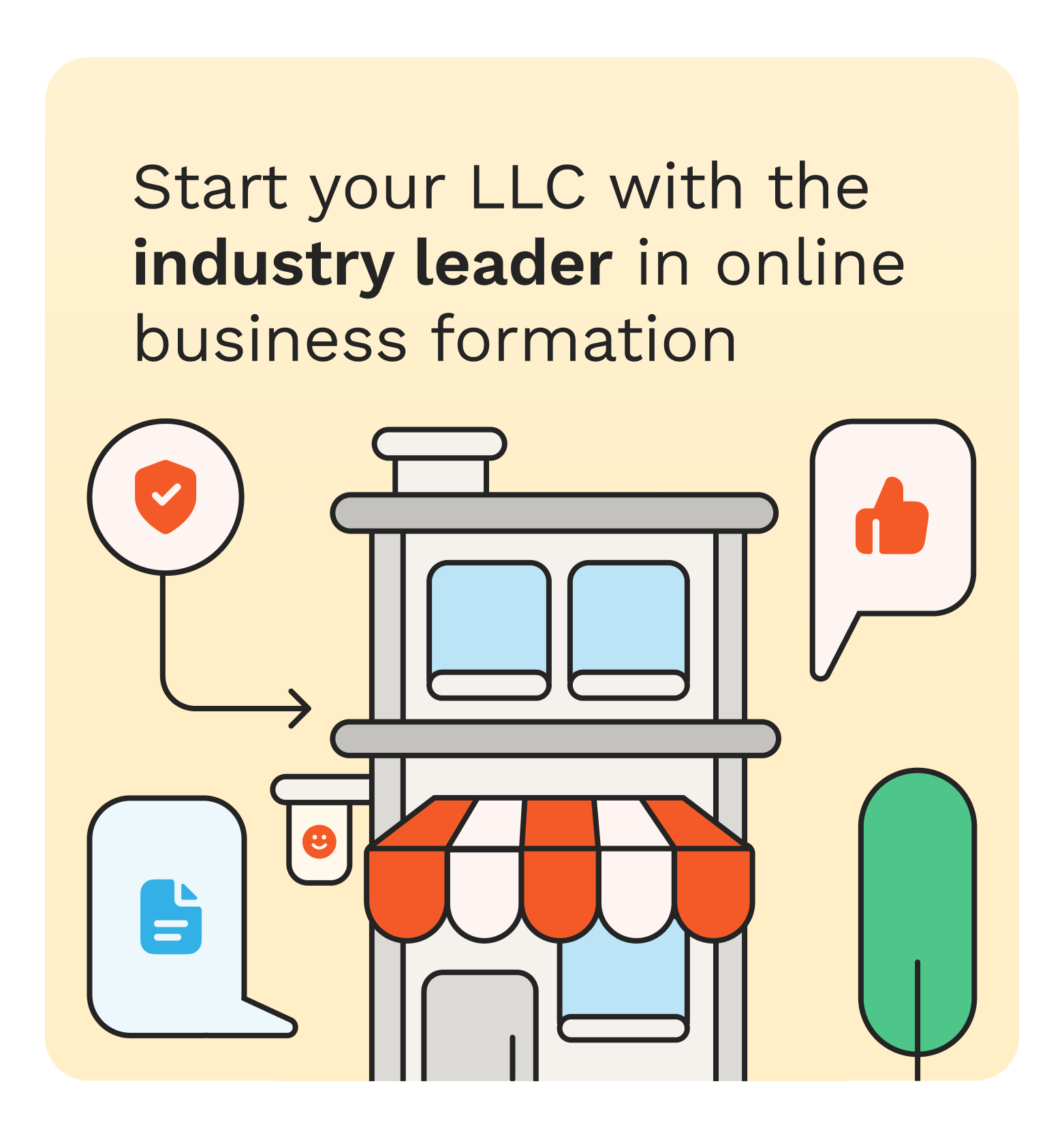High ecommerce shopping cart abandonment rate? You’re not the only one. A whopping 69.99% of online carts are left unpaid—a stark reality biting into revenue. Before you can address this, you need to understand why customers click away and what steps you can take to keep them. This article cuts through the clutter with statistics, insights, and straightforward strategies to reduce abandonment and rescue your lost sales.
Let’s tackle this retail challenge head-on.
Key Takeaways
- The average online shopping cart abandonment rate is 69.99%, greatly influenced by high shipping costs, complex checkout processes, and mandatory account creation.
- Optimizing the checkout process and pricing transparency can recover up to $260 billion in lost order revenue, whereas offering guest checkout options reduces friction for customers leading to lower abandonment rates.
- Utilizing user experience design, leveraging retargeting campaigns, and offering varied payment options, including secure payment gateways, can significantly reduce cart abandonment rate and recover lost sales.
Understanding Ecommerce Shopping Cart Abandonment Rate
Ever noticed a customer leaving your brick-and-mortar store just before paying? It’s disappointing, right? Now imagine the same thing happening with your online store—only much more frequently.
Welcome to the world of ecommerce shopping cart abandonment rate. It’s when shoppers add items to their online shopping carts but leave without completing the purchase, much like window shopping in a physical store. It’s a missed opportunity for ecommerce sales, and you may feel like your digital marketing agency is not delivering the expected results if the rate is high.
But how common is it, really? Let’s dive into the numbers.
The Current State of Cart Abandonment
Imagine a store where three out of four customers walk out without buying anything. That’s the average cart abandonment rate for online stores. The Baymard Institute reports that the average cart abandonment rate is a staggering 69.99%. That means that products worth around $4 trillion are left in abandoned carts globally every year. To better understand this issue, it’s essential to analyze shopping cart abandonment statistics.
The situation is even worse in the Asia-Pacific (APAC) region, which has the highest cart abandonment rate. So, why are shoppers abandoning their carts?
Factors Influencing Online Shoppers' Behavior
So, why do shoppers abandon their carts? The primary culprit is high shipping costs. Then there’s the complicated checkout process and the need to create an account, which also turn away shoppers. Quantity restrictions or limited product availability don’t help either. It’s clear that addressing these factors will be crucial to reducing shopping cart abandonment rate. But are all devices equally affected?
Comparing Devices: Where Abandonment Happens Most
While desktop users experience a high cart abandonment rate of 73.07%, mobile users take the cake with an astonishing 85.65% rate. Surprising, isn’t it? Especially when we consider that mobile devices are used for 59% of ecommerce website visits. Tablets, on the other hand, have an abandonment rate exceeding 80%.
Clearly, device usage plays a significant role in cart abandonment, and addressing this could help reduce it. But how?
Optimizing Checkout Flow to Retain Customers of Ecommerce Shopping Cart Abandonment Rate
Imagine you’re at a supermarket, and the checkout line is long and confusing. You’d probably abandon your cart and leave, right? The same applies to online shopping. Customers get frustrated with long or confusing checkout processes and leave without completing their purchase.
But there’s good news: businesses can recover up to $260 billion in lost order revenue by improving the checkout process. So, how can we make the checkout process more efficient?
Simplifying the Checkout Process
The key to reducing cart abandonment rate lies in simplifying the checkout process. According to experts, checkout flows should optimally contain 12-14 form elements and 7-8 form fields to simplify the process and reduce cart abandonment. Remember, your customers have a need for speed. Two-thirds of them expect the checkout process to take no more than four minutes. So, streamline your checkout process to keep them happy and engaged.
But what about the costs?
Ensuring Transparency in Pricing
No one likes hidden costs, especially not your customers. Extra fees added at checkout, including unexpected shipping costs, taxes, and duties, are a leading cause of cart abandonment. So, how can you ensure pricing transparency? Display the cart sum total with every addition to avoid shocking your customers at checkout.
By clearly communicating shipping costs, taxes, and fees during the checkout process, you can instill customer confidence and reduce cart abandonment rate. But what if your customers don’t want to create an account?
Incorporating Guest Checkout Options
In the online shopping world, convenience is king. Customers don’t want to go through the hassle of creating an account just to make a purchase. In fact, mandatory account creation during the checkout process can deter up to 24% of potential customers. That’s where guest checkout options come in.
By providing an option to checkout as a guest, you simplify the customer’s shopping experience, potentially reducing ecommerce shopping cart abandonment rate. A professional digital marketing and SEO agency can help you decide which checkout options to implement on your website and track metrics to help you know if you’re headed in the right direction.
So, we’ve talked about the checkout process and pricing, but what about shipping costs?
Costs of Ecommerce Shopping Cart Abandonment Rate: The Make-or-Break Factor
High shipping costs are a leading cause of cart abandonment rate, with 48% of shoppers indicating they abandoned carts for this reason. That’s quite a significant number, isn’t it? But fear not, there are strategies to tackle this issue head-on and reduce cart abandonment, such as offering free or discounted shipping, clear delivery times, and dynamic shipping options.
Let’s delve into these strategies.
Offering Free or Discounted Shipping
Let’s face it—everyone loves free stuff. And when it comes to shipping, customers are no different. In fact, 80% of American consumers have come to expect free shipping when they order a minimum amount of products. By offering free or discounted shipping, you can enhance customer satisfaction and lead to increased sales.
But it’s not just about the costs, it’s also about when they’re delivered, taking into account delivery and logistics concerns.
Communicating Delivery Times Clearly
When it comes to online shopping, customers like to know when their items will arrive. In fact, consumers are willing to accept a maximum delivery time of 4.5 days, down from 5.5 in 2012. By clearly indicating estimated delivery dates and shipping methods in your checkout flow, you can increase trust during checkout.
But what if your customers want more options?
Implementing Dynamic Shipping Options
In today’s fast-paced world, customers value choice and flexibility. That’s why offering dynamic shipping options, such as same-day delivery and local pickup, can help reduce ecommerce shopping cart abandonment rate. By catering to a diverse range of customer shipping preferences, you can keep them happy and more likely to complete their purchases.
But what about the payment process?
Payment Process Perceptions and Preferences of Ecommerce Shopping Cart Abandonment Rate
Once your customers have navigated your website, chosen their products, and agreed to the shipping costs and times, they reach the final hurdle—the payment process. It’s crucial to get this right, as lack of payment security can result in the loss of potential customers at the checkout page. Here are some tips to ensure a smooth payment process:
- Use secure payment gateways to protect customer information.
- Offer diversified payment options, such as credit cards, PayPal, and mobile payment methods.
- Handle credit card details with care and comply with PCI-DSS standards.
- Clearly communicate the payment process and any additional fees or charges.
- Provide a seamless checkout experience with minimal steps and easy navigation.
By implementing these strategies, you can build trust with your customers and reduce cart abandonment.
Let’s explore these strategies in detail.
Building Trust with Secure Payment Gateways
When it comes to online transactions, security is paramount. Payment gateways adhering to security protocols such as PCI DSS compliance are crucial in protecting customer payment data and increasing trust. With consumers deeming payment security a top priority, don’t forget about trust badges. When displayed during the checkout process, they improve credibility and lead to lower cart abandonment rates.
But are all payment methods created equal?
Diversifying Payment Options
Not all customers have the same preferred payment method. That’s why offering a diverse range of options is crucial. Some popular payment methods to consider are:
- Credit cards
- PayPal
- Apple Pay
- Google Pay
- Digital wallets
In fact, diversifying payment options can significantly reduce shopping cart abandonment.
But how do you handle credit card details?
Handling Credit Card Details with Care
Handing over credit card details is a big deal for customers. They need to trust that their information will be handled securely. That’s where strong encryption comes in. Employing tokenization in payment processing ensures that actual credit card details are not stored on the merchant’s servers. By assuring customers that their credit card information is handled securely, you can reduce cart abandonment.
But what about the overall user experience?
Reducing Ecommerce Shopping Cart Abandonment Rate Through User Experience Design
User experience is a key factor in reducing cart abandonment. After all, online shopping should be a pleasant and seamless experience. By enhancing website navigation, improving page load speeds, and utilizing user-generated content, you can improve user experience and reduce cart abandonment.
Let’s look at these strategies in more detail.
Enhancing Website Navigation
Clear and well-structured navigation is key for users to efficiently achieve their goals on an ecommerce site, be it exploring products or making purchases. But it’s not just about the structure of the website. Consistent navigation across all pages helps prevent user confusion and reduces the likelihood of site abandonment.
And remember, a well-organized website is a user-friendly website.
Improving Page Load Speeds
In the world of online shopping, speed is everything. If an ecommerce website takes longer than 3 seconds to load, customers are more likely to leave. This highlights the importance of optimizing website speed for a better user experience. That’s why optimizing page load speeds is crucial for user experience and cart abandonment.
After all, no one likes to wait, especially not your customers.
Utilizing User Generated Content
When it comes to trust, nothing beats the word of a fellow customer. That’s where user-generated content comes in. Reviews and testimonials serve as social proof and instill trust in potential customers, thereby reducing cart abandonment. 84% of people trust online reviews as much as personal recommendations. This shows the significant impact of online reviews on people’s decision-making process..
So, we’ve talked about user experience, but what about technology?
Leveraging Technology to Recover Lost Sales of Ecommerce Shopping Cart Abandonment Rate
In the digital age, technology is your friend. By leveraging technologies such as retargeting campaigns and effective cart abandonment email campaigns, you can engage customers and prompt them to complete their purchases, thereby recovering lost sales.
Let’s explore how technology can help you fight cart abandonment.
Deploying Retargeting Campaigns
Retargeting campaigns are a powerful tool in your arsenal against cart abandonment. They allow you to:
- Engage customers who have shown interest in your products but have left without making a purchase
- Trigger personalized ads to remind customers of the products they were interested in
- Encourage customers to return and complete their purchase
By utilizing retargeting campaigns, you can increase your chances of converting potential customers into actual buyers.
Crafting Effective Cart Abandonment Email Campaigns
Emails are an effective way to engage customers and recover lost sales. By crafting a series of personalized messages with a clear call-to-action, you can evoke a sense of urgency in your customers and prompt them to complete their purchases. In fact, a sequence of three cart abandonment emails generates the most revenue, with 50% of those clicking on such emails proceeding to make a purchase.
Using Chatbots for Real-Time Engagement
In today’s fast-paced world, customers value immediate assistance. That’s where chatbots come in. By providing prompt responses to inquiries, chatbots can prevent potential cart abandonment.
After all, a quick solution to a problem can be the difference between a sale and an abandoned cart.
Summary
As we’ve seen, shopping cart abandonment is a significant issue in ecommerce, but it’s not insurmountable. By understanding the factors that drive cart abandonment and implementing strategies to address them, you can significantly reduce your cart abandonment rate and increase your sales.
From optimizing the checkout process and ensuring pricing transparency to diversifying payment options and improving user experience, there are numerous ways to win back those lost sales. So, why wait? Start implementing these strategies today and watch your sales soar.
Frequently Asked Questions
What is the abandonment rate of Google shopping carts?
The abandonment rate of Google shopping carts is approximately 45.2% after users add items to their cart, 8.7% after beginning the checkout, and only 3.7% of viewed items result in a successful purchase.
What is shopping cart abandonment rate and why is it a problem?
Shopping cart abandonment is when customers add items to their online shopping carts but leave without completing the purchase, causing potential missed sales for ecommerce businesses.
What factors influence cart abandonment rate?
High shipping costs, complicated checkout processes, and limited product availability are all factors that can influence cart abandonment rate. It's important to address these issues to reduce the likelihood of customers abandoning their carts.
How can I reduce cart abandonment rate on my ecommerce site?
To reduce cart abandonment on your ecommerce site, optimize the checkout process, ensure pricing transparency, offer various shipping and payment options, and enhance the overall user experience. This will help improve your conversion rates and customer satisfaction.
How does technology help in reducing ecommerce shopping cart abandonment rate?
Technology can help reduce cart abandonment through retargeting campaigns and ecommerce shopping cart abandonment rate email campaigns, which engage customers and prompt them to complete their purchases, recovering lost sales.











